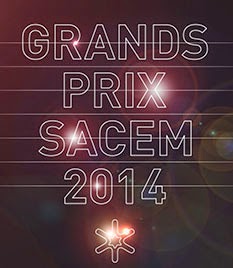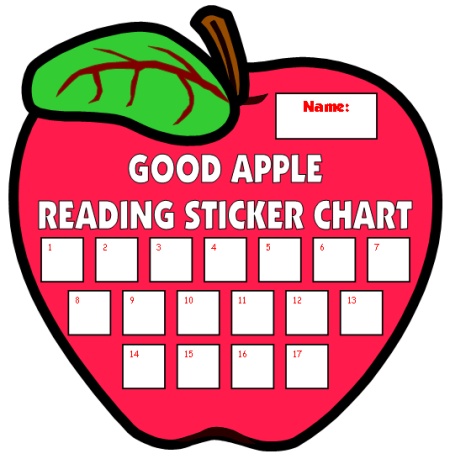Neural correlates of consonance, dissonance, and the.
Dissonance is a sound created when two discordant notes are played in unison. Examples of dissonance in music can be found in the work of Beethoven, Chopin and Nirvana, as we'll learn in this lesson.
Consonance and dissonance, in music, the impression of stability and repose (consonance) in relation to the impression of tension or clash (dissonance) experienced by a listener when certain combinations of tones or notes are sounded together. In certain musical styles, movement to and from.

The researchers, Nobuo Masataka and Leonid Perlovsky, concluded that music might inhibit cognitions that reduce cognitive dissonance. Music is a stimulus that can diminish post-decisional dissonance; in an earlier experiment, Washing Away Postdecisional Dissonance (2010), the researchers indicated that the actions of hand-washing might inhibit.

Definitions of consonance and dissonance. Consonant literally means: sounding together. Dissonant literally means: sounding apart. Let us stop a moment and consider these concepts more closely. Especially the concept dissonant may seem strange in the context of music, which after all consists of sounds combined together into one piece. When playing simultaneous sounds, these will “sound.

In music, consonance and dissonance are words which are used to describe certain musical intervals or chords.The adjectives are consonant and dissonant. A consonant interval or chord is one which sounds stable and pleasant. It could, for example, be the end of a piece of music. For example: C and E sound well together, or the chord C, E and G (a C major chord).

Start studying music definitions. Learn vocabulary, terms, and more with flashcards, games, and other study tools.

In music, consonance and dissonance are categorizations of simultaneous or successive sounds. Consonance is associated with sweetness, pleasantness, and acceptability; dissonance is associated with harshness, unpleasantness, or unacceptability.
/1958_autobiography_F1497_059.jpg)
Music is present in every culture, but the degree to which it is shaped by biology remains debated. One widely discussed phenomenon is that some combinations of notes are perceive.
Three very basic but momentous devices in understanding literature are assonance, consonance, and dissonance. This article aims to alleviate any and all confusion by providing straightforward definitions and elaborating upon common areas of uncertainty.

Helmholtz, 1877. This theory suggests that dissonance arises between nearby pure tones cause roughness, producing beats and distorting the sound. However, this theory is not perfect because it fails to consider complex sounds as well as the dissonance of the tritone despite a simpler length ratio.

Really, using the words 'consonance' and 'dissonance' risks us mixing up some very different concepts. If we really want to talk precisely, it's best not to use the words at all, or be clear what definition we're using when we do use them if the context doesn't make it clear. Are there objective criteria for classifying consonance v. dissonance?

Function of Consonance. Consonance is commonly employed in a range of situations, from poetry to prose writing. However, as the examples given above highlight the use of consonance is significantly greater in poetry writing than in the prose form. The use of consonance provides the structure of poetry with a rhyming effect.

Dissonance for healing a deep pathology is different to hearing dissonance If we talk about dissonance in Sound Healing, the whole question is to know if we are talking about our musical comfort in listening to the music, or if we are talking about the use of acoustic sound read more.




